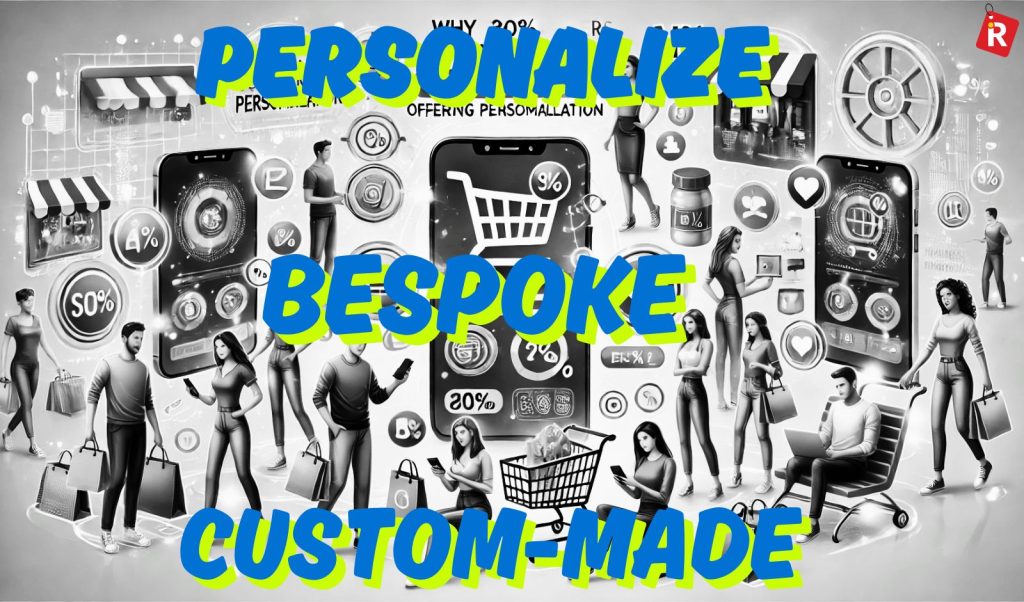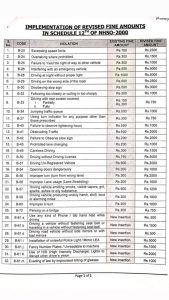

Title: The Evolution of Custom Culture: Merging Contemporary Reliability with Timeless Charm
Introduction
The fascination with vintage designs fused with the dependability of modern advancements is crafting a fresh chapter in custom culture. This amalgamation is not only transforming the automotive and fashion sectors but is also impacting art, music, and lifestyle preferences. As we advance, the challenge lies in maintaining the essence of history while adopting present-day innovations.
The Automotive Revival
Within the automotive sector, the practice of updating classic cars with contemporary engines and technology is on the rise. Enthusiasts are captivated by the enduring aesthetics of vintage automobiles but seek the performance and safety elements found in modern models. Businesses focused on restomods are flourishing, providing services that incorporate modern drivetrains, enhanced suspension systems, and cutting-edge infotainment, all while preserving the original allure of classic vehicles.
Fashion: A Retro Resurgence
Fashion creators are increasingly turning to history for inspiration, merging vintage styles with modern fabrics and techniques. This methodology not only caters to eco-conscious shoppers by encouraging sustainable practices but also connects with the sentimental ties individuals have to past eras. The outcome is a distinctive fusion of old and new, where nostalgic patterns and shapes blend with advanced materials and manufacturing processes.
Art and Music: Connecting Eras
In the realms of art and music, the blending of vintage and contemporary elements is birthing innovative forms of expression. Creatives are utilizing digital tools to recreate traditional styles, while musicians are fusing analog sounds with digital production techniques. This interchange across eras is paving the way for new genres and artistic styles that resonate with audiences yearning for authenticity and creativity.
Lifestyle: A Seamless Fusion
The custom culture movement is shaping lifestyle preferences, inspiring individuals to curate their surroundings with a combination of vintage and modern influences. From home decor to personal devices, there is an increasing recognition for products that deliver the advantages of both worlds. This trend mirrors a desire for uniqueness and a stronger connection to history, all while reveling in the comforts of contemporary living.
Conclusion
The prospect of custom culture rests in its capacity to seamlessly integrate the reliability of modern technology with the spirit of vintage design. As sectors persist in innovating, the challenge will be to uphold the authenticity of the past while welcoming future opportunities. This dynamic interaction is set to weave a vibrant tapestry of experiences that respect tradition while embracing advancement.






